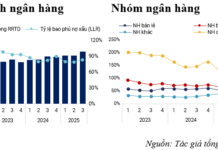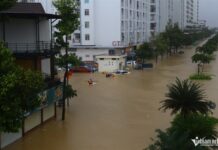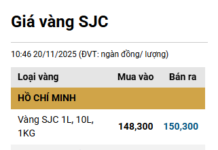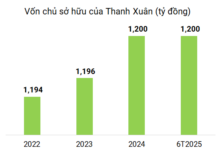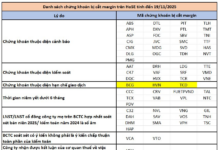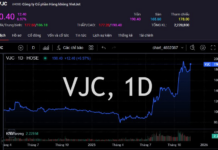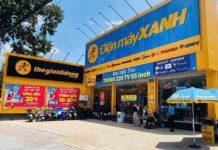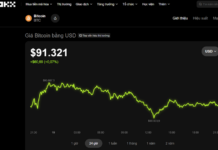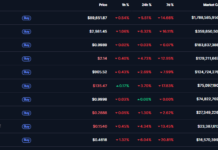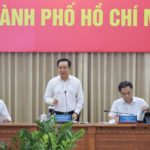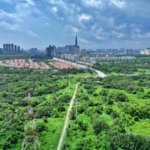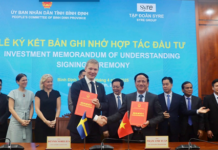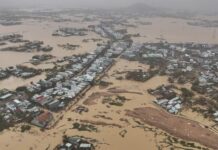The Ministry of Construction has recently approved a proposal for toll road operations on 13 expressways across Vietnam for the period of 2021-2025.
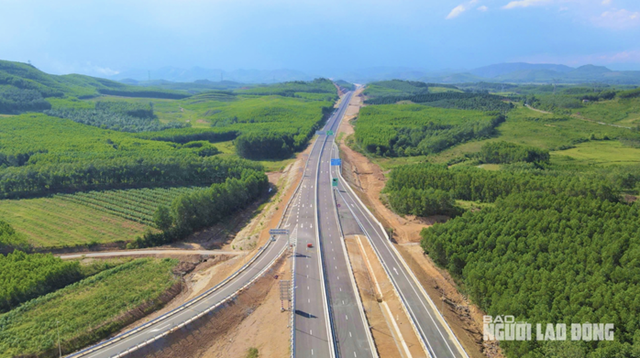
The newly inaugurated Vung Ang-Bung Expressway in Quang Tri Province. Photo: Hoang Phuc
|
According to the Ministry’s plan, the 13 state-invested expressways scheduled for completion by 2025 are as follows: Bai Vot – Ham Nghi, Ham Nghi – Vung Ang, Vung Ang – Bung, Bung – Van Ninh, Van Ninh – Cam Lo, Hoa Lien – Tuy Loan, Quang Ngai – Hoai Nhon, Hoai Nhon – Quy Nhon, Quy Nhon – Chi Thanh, Chi Thanh – Van Phong, Van Phong – Nha Trang, Can Tho – Hau Giang, and Hau Giang – Ca Mau.
These expressways will be toll roads for a period of seven years from the date of their respective openings.
After this period, the managing authority will devise a new plan for their operation and management. The Vietnam Road Administration is responsible for organizing the toll collection.
Prior to the Ministry’s approval, the Vietnam Road Administration reported that there are currently 29 expressway sections directly managed by the state under the Ministry of Construction. Among these, five have had their infrastructure exploitation plans approved, with toll collection expected to begin in January 2026.
Based on Decree No. 130/2024, the Vietnam Road Administration has proposed two toll rates. Rate 1 is VND 1,300 per PCU per kilometer, applicable to expressways that fully meet the toll collection requirements (four lanes with a continuous emergency lane).
Rate 2 is VND 900 per PCU per kilometer, applicable to expressways that were approved for investment before the Law on Roads took effect but do not fully meet the current requirements (four lanes without a continuous emergency lane).
PCU (Passenger Car Unit) is a unit of measurement for traffic volume, where a standard car (sedan) is considered one PCU.
It is estimated that when toll collection is implemented on these 13 expressways, the annual budget revenue is expected to reach nearly VND 2,500 billion after deducting organizational expenses.
The Vietnam Road Administration and the Road Management Departments will be responsible for managing, collecting, and utilizing the tolls, as well as declaring and finalizing accounts in accordance with regulations. They will also monitor the activities and revenue from the service, ensuring accurate and timely collection and deposit into the fee-pending budget account.
Previously, the Ministry of Construction approved a similar proposal for five expressway projects in the North-South Expressway system. Among these, four projects – Mai Son – QL45, QL45 – Nghi Son, Nghi Son – Dien Chau, and Vinh Hao – Phan Thiet – featured four lanes without continuous emergency lanes and thus fell under the lower toll rate of VND 900 per kilometer. The Phan Thiet – Dau Giay Expressway, which meets all the requirements, will have a toll rate of VND 1,300 per kilometer.
Van Duan
– 06:15 20/08/2025
Introducing the New Toll Plaza: HCMC – Long Thanh Expressway, Operational from August 19th.
From August 19, the Vietnam Expressway Services Engineering Joint Stock Company (VEC) will implement toll collection for the use of the Hochiminh City – Long Thanh – Dau Giay Expressway at the toll station located at Vanh Dai 3 intersection. The toll rates will range from VND 9,000 to VND 413,000 per trip, depending on the vehicle type and distance traveled.
A New Wave of Investment is Coming to Ho Chi Minh City
Amidst the backdrop of its expanded geographical boundaries, now encompassing Binh Duong and Ba Ria-Vung Tau, Ho Chi Minh City is bracing for a wave of new investments. Experts weigh in, citing the city’s most formidable challenge: sustaining this influx of capital by promptly adapting to the evolving policies and demands of investors.
Ho Chi Minh City’s Budget Soars: A Stellar 472,000 Billion VND in Just 7 Months
The Chairman of Ho Chi Minh City People’s Committee has set an ambitious target of 8.5% growth in GRDP for the city, and it is now imperative for all departments to step up. This target is a mandate, and we must ensure that each sector contributes to this collective goal with clear and measurable objectives. It is essential that we, as a city, unite and work towards this common vision with a sense of urgency and dedication.







